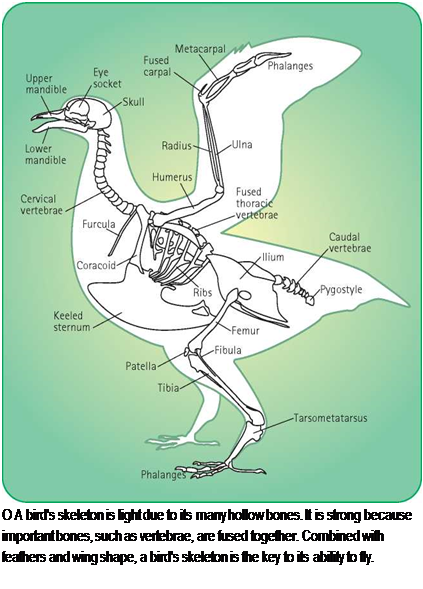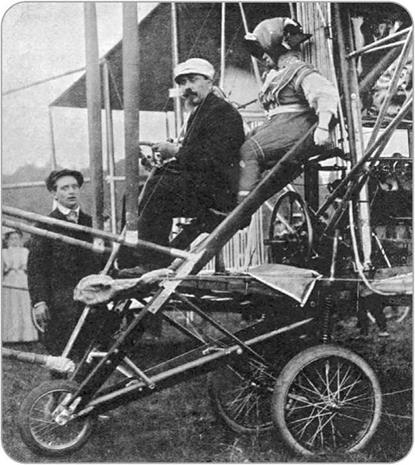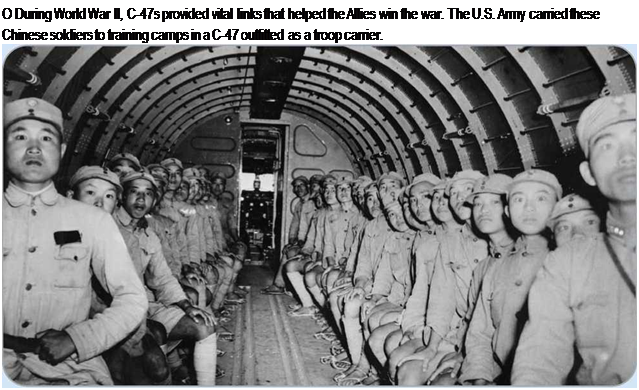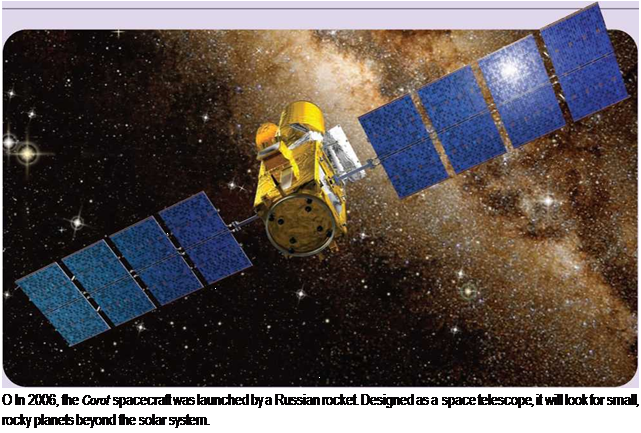There are very few flying jobs that a helicopter cannot do. A helicopter can pick up a load in one place and deposit it neatly in another. For example, a helicopter can position a communications antenna on top of a skyscraper or lower a roof onto a high structure. Farmers use helicopters to spray crops, and firefighters use them to dump water on forest fires.
Helicopters play a important role in search-and-rescue missions and frequently pick up injured mountain climbers. They ferry food, clothing, and medical supplies to the victims of natural disasters (such as earthquakes or hurricanes) in hard-to-reach places.
Police use helicopters for surveillance, highway patrols, and pursuing criminals. Heads of state use them for security reasons-the presidential helicopter, for example, lands the president on the White House lawn and within other secured areas. Business executives often prefer to arrive for a business meeting by helicopter to avoid traffic jams. Media organizations, such as TV
SUPERFAST X2
In 2005, Sikorsky Aircraft announced a new, high-speed, rotary-wing aircraft. Known as the X2, this helicopter has a coaxial design (two rotors spinning on the same axis) and a "pusher" prop at the tail. X2 technology does away with the need for a tail rotor, and a coaxial rotor layout also makes the helicopter more stable. The X2 does all the things that ordinary helicopters do, but it flies significantly faster, thanks to its pusher-propulsion. The world record speed for a helicopter is 249.09 miles per hour (400.87 kilometers per hour), set by a Westland Lynx in 1986. Most helicopters cruise at about 185 miles per hour (300 kilometers per hour). The X2 designers are claiming speeds of at least 290 miles per hour (470 kilometers per hour) for their latest helicopter.
_________________ J
stations, send helicopters to cover news stories from the air, and many exciting stunts in movies are filmed from helicopters. Helicopters are useful for exploring remote areas because they can land just about anywhere. They are used, for example, to track migrating animals, for environmental research, and by utility companies for checking power lines.
The attack helicopter is a key weapon of the twenty-first century. The AH-64
|

О Many thousands of people have been saved from floods, shipwrecks, and other mishaps by rescue helicopters.
|
Apache attack helicopter, for example, fired the first shots in the 1991 Desert Storm operation during the Iraq War. It used Hellfire missiles to knock out Iraqi radar and surface-to-air missile sites. Helicopters also were used in the Iraq War that began in 2003 and in U. S. combat in Afghanistan. The Apache, and the more recent AH-64D Apache Longbow, are very effective against ground targets. These kind of attack helicopters can be linked to a sophisticated command-and-control system, which allows commanders on the ground to call up an air strike on a precise target.
SEE ALSO:
• Aircraft, Military • Autogiro
• Da Vinci, Leonardo • Lift and Drag
• Sikorsky, Igor
______________________________________________ J
Hindenburg
Type: Dirigible airship.
Manufacturer: Zeppelin Company (Germany).
First flight: 1936.
Use: Long-distance passenger transport.
he LZ 129 Hindenburg was one of several great passenger-carrying airships built between World War I and World War II. It was destroyed on May 6, 1937, while approaching its mooring mast at Lakehurst, New Jersey, after a flight from Frankfurt, Germany.
Zeppelins
The Germans developed large Zeppelin military airships during World War I (1914-1918). The German airship Graf Zeppelin, the most successful commercial airship of its time, flew around the world in August 1929. Its commander was Dr. Hugo Eckener (1868-1954), who led the Zeppelin company after the death in 1917 of its founder, Ferdinand von Zeppelin (also known by his title, Graf Zeppelin).
Eckener believed that very large passenger airships would rival airplanes. The new super-Zeppelins would cruise over the oceans, like true ships of the air, offering passengers high standards of comfort as well as spectacular views. In 1932, Graf Zeppelin began the first regular transatlantic air service, flying between Germany and Brazil. This airship flew throughout the 1930s, covering more than 1 million miles
|

О Ferdinand von Zeppelin (1838-1917) manufactured Zeppelin airships, the largest aircraft of their time.
|
(1,600,000 kilometers) without any accidents. Its success encouraged airship designers in the United States, Britain, France, and other countries to follow the Zeppelin example.
The 129th airship built by the Zeppelin Company, LZ 129 Hindenburg, took to the air for the first time in March 1936. It was named for Paul von Hindenburg (1847-1934), president of Germany from 1925 until his death. The airship was the pride of Nazi Germany and flew over the Olympic Stadium in Berlin during the 1936 Olympic Games. The Hindenburg and its sister ship, the Graf Zeppelin II, were the largest airships ever built.
TECH^TALK
HINDENBURG DESIGN
The Hindenburg was an enormous aircraft. It was almost 804 feet (245 meters) long—as long as a 1930s ocean liner and longer than three Boeing 747 airliners. The airship’s four diesel engines, each producing 1,200 horsepower (890 kilowatts), gave it a maximum speed of 84 miles per hour (135 kilometers per hour).
The Hindenburg was very strongly built. It had a framework made of a metal alloy known as duralumin (a mixture of aluminum and copper with traces of magnesium, manganese, iron, and silicon). The gas to lift the giant airship was enclosed in sixteen bags, called cells, within the rigid metal girder frame. The Hindenburg could hold more than 7 million cubic feet (196,000 cubic meters) of gas.
_____________________________________________ /
 as swifts and swallows, have long, narrow wings, often swept back like a jet fighter. Soaring birds, such as vultures and buzzards, have broad wings. Gliders-the albatross, for example-have long, straight wings.
as swifts and swallows, have long, narrow wings, often swept back like a jet fighter. Soaring birds, such as vultures and buzzards, have broad wings. Gliders-the albatross, for example-have long, straight wings.











 September 30, 1907, they had a successful 12-mile (19 kilometer) flight. Five days later,
September 30, 1907, they had a successful 12-mile (19 kilometer) flight. Five days later,



 The feather is so light and it has such a big surface area that its fall is slowed by air resistance much more than that of the hammer. In 1971,
The feather is so light and it has such a big surface area that its fall is slowed by air resistance much more than that of the hammer. In 1971,

